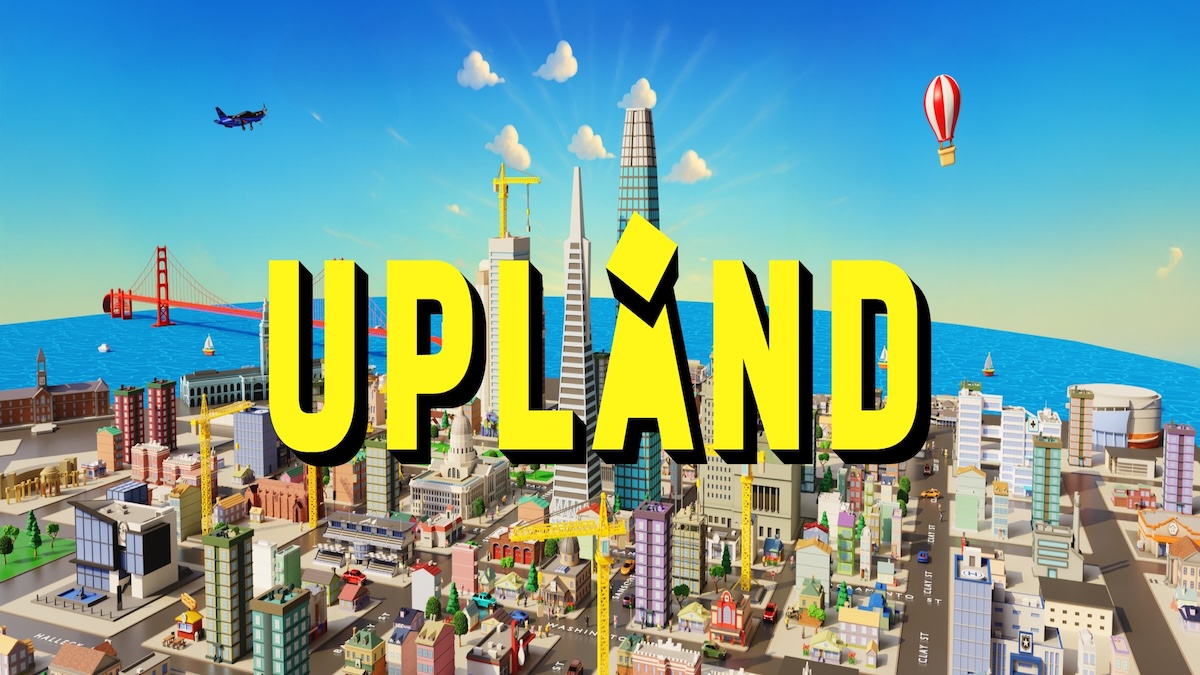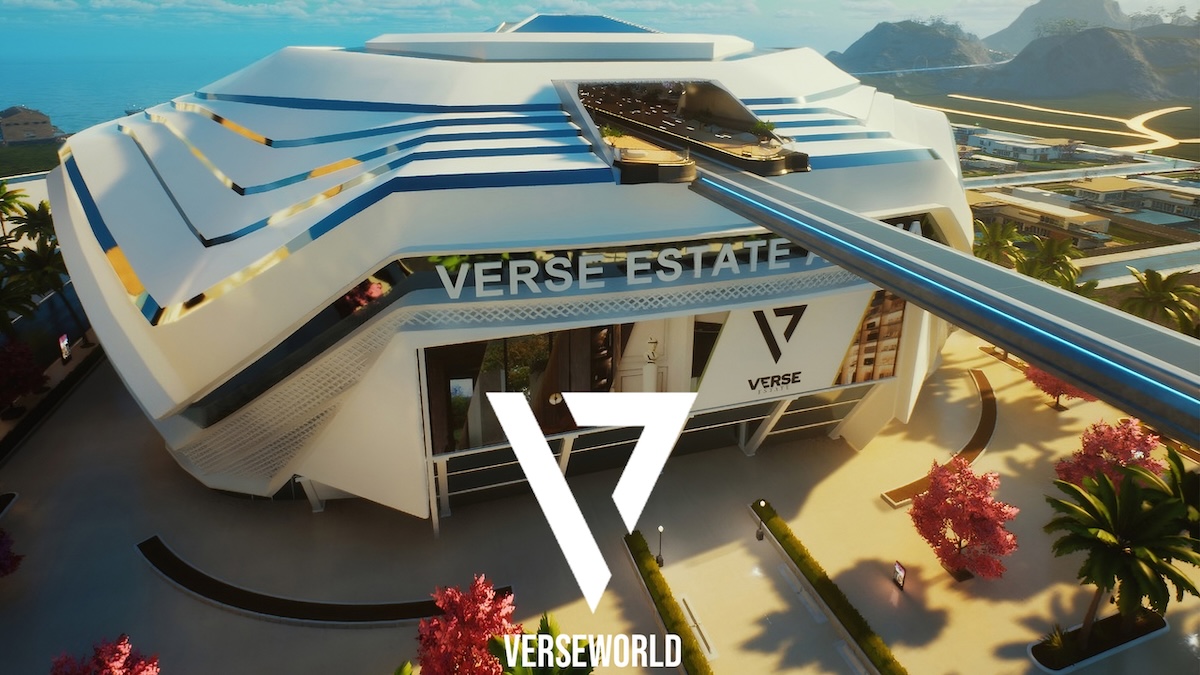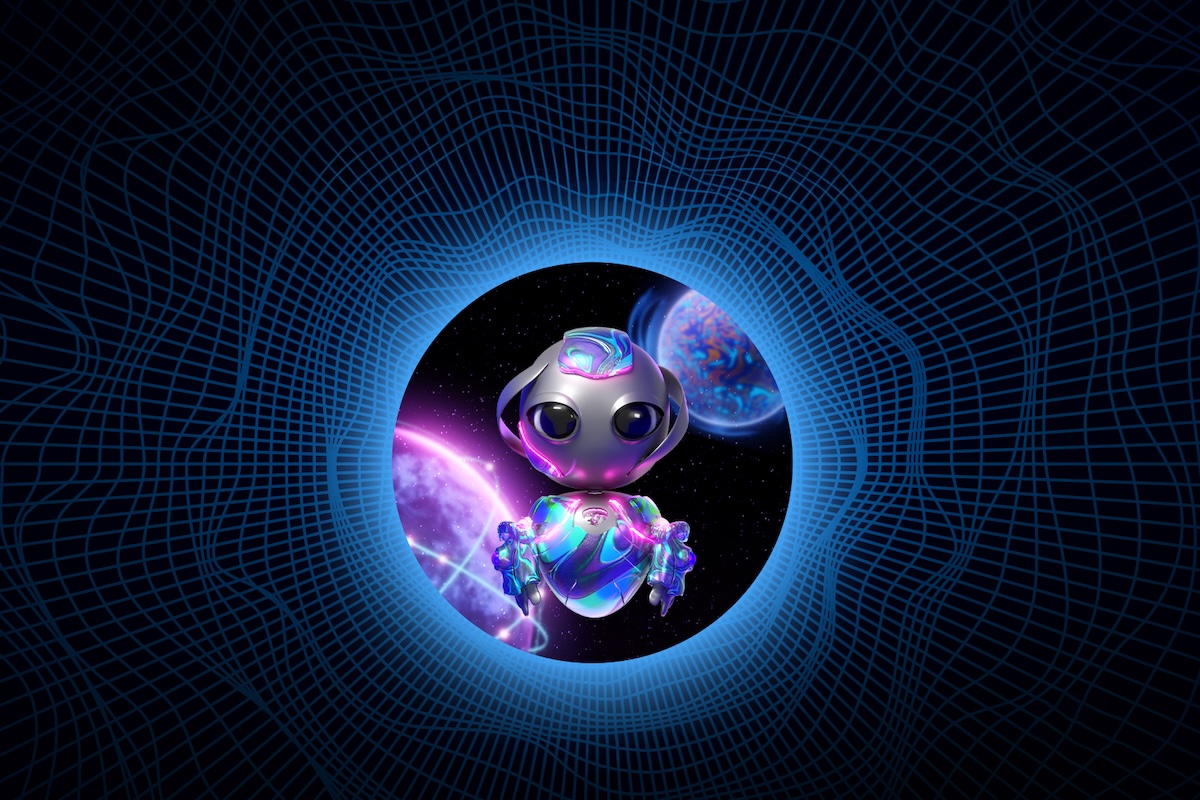Decentraland, The Sandbox, Upland - Which Metaverse is Best?
A decentralized metaverse is a virtual world owned by the players, has its economy, is built on blockchain technology, and uses NFTs.
A decentralized metaverse is a virtual world owned by the players, has its economy, is built on blockchain technology, and uses NFTs. Upland, The Sandbox and Decentraland are decentralized metaverses – a decentralized game is owned by several authorities rather than a single massive, centralized authority.
While Upland, The Sandbox and Decentraland are crypto metaverse games, they are not the same. Upland is more of a simulation of real estate moguls. The Sandbox is a virtual world where players can build, own, and monetize their gaming experiences in the Ethereum blockchain, whereas Decentraland concentrates on creativity and world-building. They each have different goals and use their currency on separate blockchains.
The map of Decentraland and The Sandbox are fictitious. Upland's in-game map is based on the real world, with parcels named after cities like San Francisco and New York City. Furthermore, Upland's in-game money UPX is not a real cryptocurrency, whereas Decentraland's is.
There aren't many similarities, but each metaverse demands some investment to progress.
Understanding Decentraland

One of the most popular decentralized metaverse games is Decentraland. Decentraland was created by software developers Esteban Ordano and Ari Meilich in 2015, published in 2017, and will be available to the public in 2020.
Decentraland is widely regarded as the first player-owned metaverse. The universe is created by people who must use their ideas to build businesses, digital assets, art, play-to-earn games, and more. Players can also purchase virtual real estate known as LAND, with a maximum of 90,000 parcels available.
The native money of Decentraland is an Ethereum token called MANA, and Ethereum serves as the game's foundation. MANA, unlike UPX, is a real cryptocurrency that players can trade outside the game. Using MANA, you can play games, acquire property, and other digital assets such as avatars, collectibles, and wearables in Decentraland. Players build digital assets and sell them on the Decentraland marketplace, earning royalties on each transaction.
Casinos, where users can play card games and slot machines, are one of the most popular play-to-earn games in Decentraland. Players can also earn money by renting their land for special events like concerts or community meetings or working for in-game businesses.
Decentraland has the potential to be a social game, with participants able to participate as guests with no upfront commitment. Alternatively, you might purchase LAND, decorate it, invite friends to come, build your own play-to-earn game, design unique avatar clothing, and much more.
There are many ways to earn in Decentraland, including:
Buy and sell LAND.
Mint avatar wearables to be sold at Decentraland's market.
Design your play-to-earn games, homes, artwork and more using the tool builder.
Stake MANA with third-party providers.
Understanding The Sandbox

The Sandbox is a blockchain-powered decentralized world-building game. It is a platform that allows users to play, create, and sell voxel assets and game experiences. Voxel assets are 3D pixels that players can utilize to generate 3D digital objects.
The free VoxEdit app allows players to create digital materials. These assets can then be converted into nonfungible tokens (NFTs) and posted to The Sandbox marketplace. Players can sell them to other Sandbox players there.
Add marketplace purchases to your inventory for use on your LAND or avatar. Alternatively, you may incorporate them into a game or sell them on the market.
Players can use components from the marketplace to create and monetize their games using The Sandbox's free Game Maker program.
The Game Maker software is equally simple to use as the VoxEdit software for asset creation. Neither requires prior coding experience. This makes it an accessible entry point for anyone who wants to design their own game.
Creators can upload games to land, and creators can be rewarded and paid for by players interacting with their material.
The Sandbox harnesses the power of blockchain technology to transform the traditional gaming experience. Players and content creators are rewarded in a virtual cycle, resulting in a dynamic gaming experience.
Play-to-earn strategies in The Sandbox:
Create NFTs to sell on the market.
Create pay-to-play games.
Buy and sell LAND.
Rent LAND to other users.
Stake SAND-ETH on Uniswap or mSAND-MATIC on Polygon (and LAND staking soon).
Understanding Upland

Upland is a property-trading, play-to-earn game inspired by Monopoly that was released in 2020. It was created by entrepreneurs Dirk Lueth, Mani Honigstein, and Idan Zuckerman. Upland's primary purpose is to buy and sell property with real-world addresses. There are currently over a dozen cities in the United States, including Detroit, San Francisco, New York City, Cleveland, and Chicago.
Upland is based on the blockchain EOS (Electro-Optical System). The in-game currency, UPX (pronounced "up-ex"), is not a legitimate cryptocurrency. It is used to purchase and mint new properties. In the game, players can buy UPX with USD at a 1:1000 conversion rate; therefore, 1000 UPX costs about $1 US dollar.
Spark is another Upland money used to build 3D constructions on owned property. The quantity of Spark required to construct anything impacts how quickly it is built. Players will soon be able to open their in-game businesses, such as arcades, art galleries, and stores.
It's a shame that players can't use UPX and Spark outside of Upland. MANA, the native currency of Decentraland, can be exchanged and staked outside the game. While UPX cannot be exchanged for USD, advanced players with a high Upland status can sell their owned properties for USD, which is the primary way to generate money in the game. Players advance in rank through collecting properties and reaching a certain net wealth.
Upland's avatars are called Block Explorers, and players can customize them, but you do not see the game in the first person — it's an aerial perspective on a map, and your Block Explorer roams the area at random. Decentraland allows you to customize your avatar using NFT accoutrements like hats, clothes, and so on so that it resembles an actual human that you can control and use to explore the world. Decentraland wins in terms of immersive experiences.
Upland allows players less ability to customize their games than Decentraland, but you will have many income options, such as:
Flipping properties.
Creating unique 3D structures and selling them.
Designing and selling your avatar.
Collecting properties and completing collections to earn passive income.
Participating in treasure hunts and earning the in-game currencies.
Upland vs Decentraland vs The Sandbox: Who is backing them?
Upland is owned and run by Uplandme, Inc., a Silicon Valley-based company. Upland maintains operations through collecting marketplace fees, forming alliances with other businesses, and selling unique, branded Upland collectibles known as Legits.
The Decentraland Foundation, a community of players, owns Decentraland. Similarly to Upland and most other metaverses, Decentraland generates revenue by collecting marketplace fees and selling the token MANA.
The Sandbox, like Decentraland, makes money by issuing and selling SAND tokens and other digital assets. Animoca Brands is in charge of it. Transaction fees on the Sandbox's marketplace also generate revenue for the company.
Conclusion
Overall, all three metaverses are diametrically opposed. Upland is aimed at users who appreciate real estate simulators and wish to accumulate properties to make passive revenue. Decentraland is for users that enjoy creating, exploring, and having complete control over their games.
However, Decentraland and The Sandbox are pretty similar, with both referring to virtual tracts as LAND, similar native currency values, and a nearly identical method of income generation.
Both games do not support VR. However, there is talk in Decentraland of adding VR support shortly.
Decentraland allows players to obtain LAND through mortgages, which is a significant benefit for those who do not have the funds to pay for expensive LAND out of pocket. Creators will also be able to earn royalties from NFTs generated in-game.
In terms of immersive levels and in-game currency, Decentraland has a significant advantage over Upland. Upland's main currency, UPX, is not tradeable outside of the game, but Decentraland's MANA is – players can stake earned MANA to make extra money. Players can earn USD directly in Upland, but they must have a net worth of at least 10,000 UPX to do so.
Upland is arguably easier to pick up and play in terms of gameplay. Users are given UPX upon registration, allowing them to acquire properties immediately. Users in Decentraland can only advance by purchasing LAND, which might be expensive for premium lots.
We recommend testing out each game before investing to determine whether it is a good fit for you. Upland provides bonus UPX upon signup with a referral link, while Decentraland allows users to explore for free without investing – low-risk test runs for both games.
To advance in any game, you'll need a crypto wallet, some bitcoin to buy LAND to increase your earning potential, and some spare time. All games are free to play, so seeing which one you prefer could help you decide.




